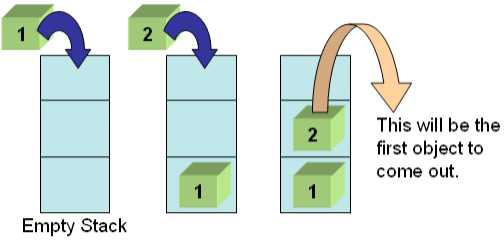Introduction to Sql Server :
The Abbreviation of SQL is Structured Query Language.It is the standard query language for accessing the Database.Microsoft Sql Server is a Relational Database Server developed by Microsoft.
 Microsoft had launched various versions of Sql Server.
Microsoft had launched various versions of Sql Server.
- Sql Server 2000
- Sql Server 2005
- Sql Server 2008
- Sql Server 2008 R2
- Sql Server 2012
Microsoft Sql Server 2000 is a full-featured relational database management system.That offers variety of administrative tools to ease the burden of administration maintenance and database development.
Administrative tools :
1. Enterprise Manager.
2. Query Analyzer
3. Service Manager
4. Data Transformation service
5. Books Online
6. Sql Profiler
Microsoft Sql Server 2005
New Features available in the 2005 version are ,It has new indexing algorithms, syntax and better recovery system.
1. ETL Tool (SSIS or Business intelligence studio)
2. SQL CLR
3. Reporting Server
4. Analysis service (OLAP and Data Mining)
5. Service Broker and Notification Service
6. Supports XML Data type
Microsoft Sql Server 2008
New Features available in the 2008 version are ,Supports the ADO.Net Entity Framework and the Reporting tools, Replication and Data Definition will be built around the Entity Data Model.
1. It have better comparison features
2. Flat Earth and Round Earth are newly introduced data type to represent the Geometric and Geographic data.
3. Full text search functionality is newly added
4. FILESTREAM new datatype is introduced
5. Change Tracking
Microsoft Sql Server 2008 R2
New feature available in version 2008 R2 is Central Management of master data entities and hierarachies.
1. Master data management
2. Multi server management : A centralized console to manage the multiple sql server versions, including the services like Reporting,Analysis and Integration.
3. PowerPivot for Excel and sharePoint.
4. StreamInSight, ReportBuilder 3.0, Addins for sharePoint
Microsoft Sql Server 2012
New feature available in version 2012
1. Native support OLEDB instead of ODBC for native connectivity.




















